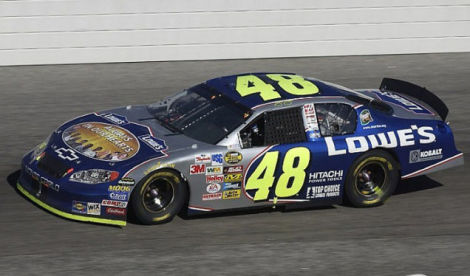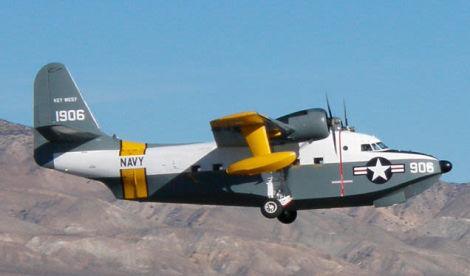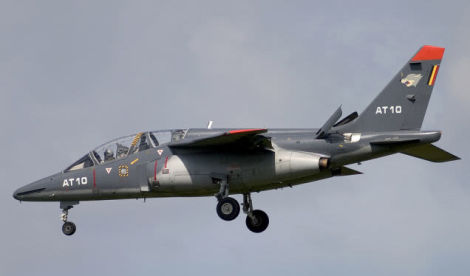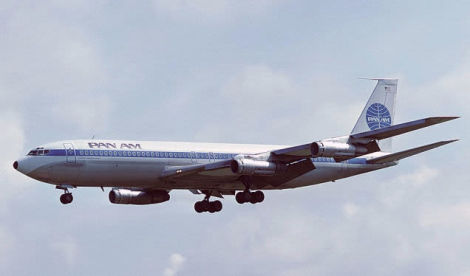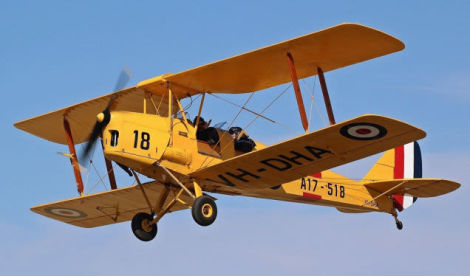Welcome to This Date in Aviation History, getting of you caught up on milestones, important historical events and people in aviation from October 24 through October 26.
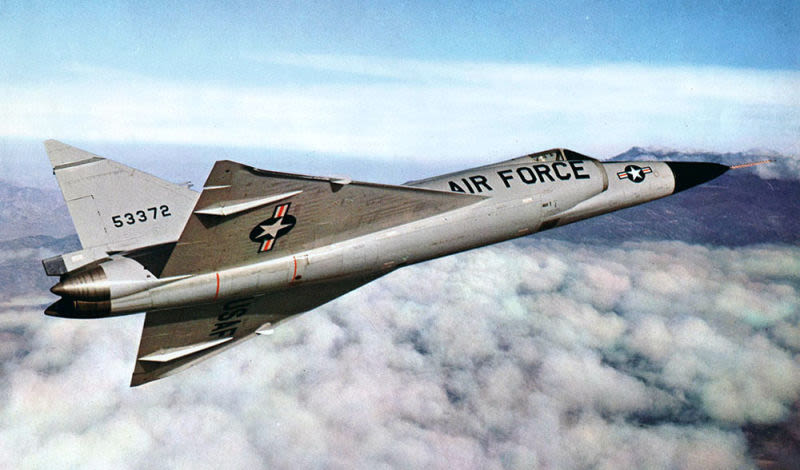
October 24, 1953 – The first flight of the Convair F-102 Delta Dagger. Following WWII, the US Air Force became particularly enamored with the guided missile, thinking that all future aerial combat would take place between fighters that launched missiles at each other rather than duking it out in aerial dogfights. But to hit a moving target with a missile requires an effective fire control system (FCS), so the Air Force decided first to develop an integrated radar, computer, director and missile system, and then find a plane to put it in. In January 1950, the Air Force requested proposals for a new FCS, and the competition for its development was eventually won by Hughes Aircraft with their AIM-4 Falcon missile, the first operational guided air-to-air missile fielded by the US Air Force.
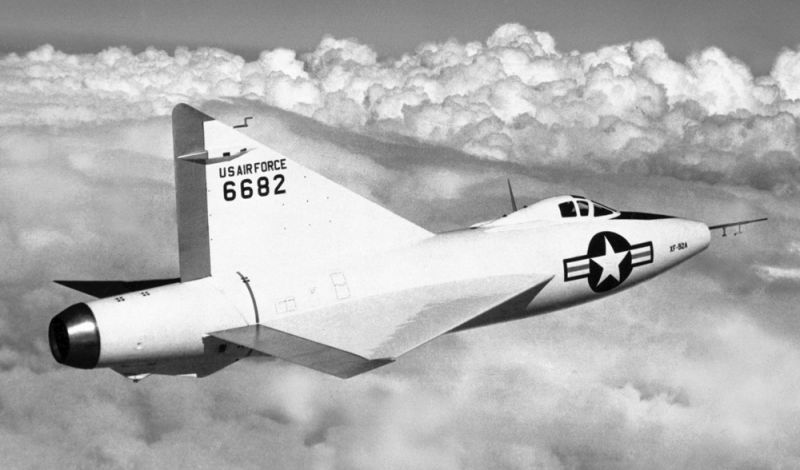
The Air Force then sought proposals in June of that year for what they dubbed the “1954 Ultimate Interceptor” to deal with the potential threat of waves of Russian strategic bombers flying towards the US. Convair, Republic and Lockheed all submitted proposals, and the Air Force selected Convair to proceed with development. The distinctive Delta Dagger was heavily influenced by Convair’s XF-92, a delta-winged interceptor it had developed in the late 1940s.
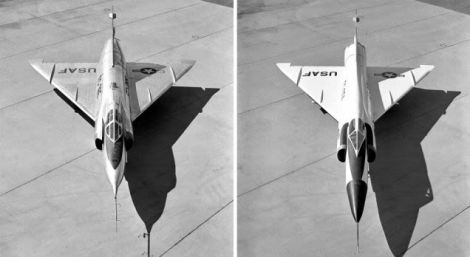
Beginning what that basic delta configuration, Convair enlarged the experimental aircraft and mounted a Pratt & Whitney J57 afterburning turbojet. Once the first prototypes were finished, however, Convair discovered that the YF-102 was unable to break the sound barrier, and the problem wasn’t just the underpowered engine. They discovered that it was actually the shape of the fuselage. Using the new area rule concept developed by NACA engineer Richard Whitcomb, Convair redesigned the fuselage so that it narrowed at the waist over the delta wing. Reducing the aircraft’s cross section dramatically reduced its drag, and other improvements to the wings allowed the redesigned interceptor to pass Mach 1 with ease.

The redesigned aircraft was called the YF-102A, and it was this model that first entered production after its maiden flight in December 1954. The F-102A entered service in April 1956, and a total of 889 were built before production ceased in September 1958. The Delta Dagger saw service in Vietnam primarily as a bomber escort, though some ground attack missions were carried out without much success, since the aircraft was not designed for that role, nor were the pilots properly trained. Fourteen F-102s were lost in combat, one in air-to-air combat. The F-102 was exported to Greece and Turkey, where they served into the late 1970s. By the mid-1960s, most F-102s were transferred to Air National Guard units and, after 20 years of service, the bulk of the fleet was retired in 1976. Most of the remaining Delta Daggers were converted to QF-102A target drones, and the final one was shot down in a training mission in 1986.
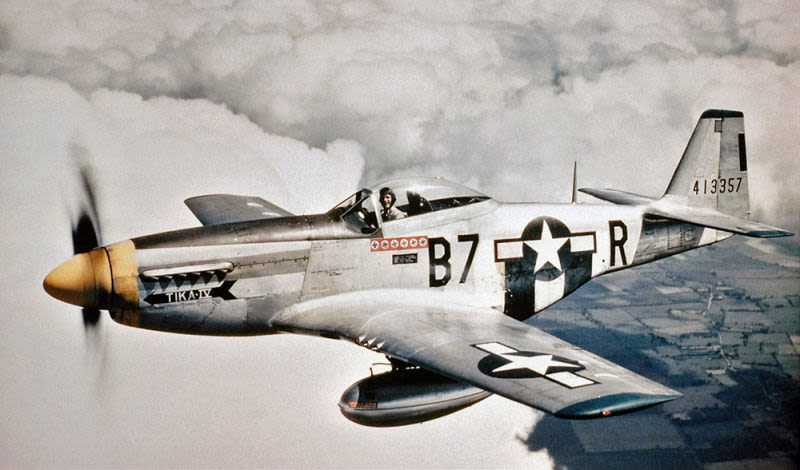
October 26, 1940 – The first flight of the North American NA-73X, the prototype of the North American P-51 Mustang. Combatants of all nations produced some truly superb aircraft leading up to and during WWII, and some of them represent the ultimate statement of what is possible with a piston-powered design. It would be difficult to pick a single aircraft as the greatest to come out of the war, but if one were to make a list of the top five, or even the top three, the North American P-51 Mustang would surely be somewhere on that list. However, in a somewhat ironic twist, one of the greatest fighters produced by the United States during WWII actually owes its existence to the British.
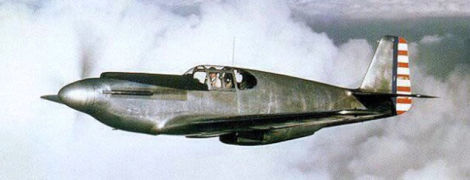
In 1938, the British government saw war in Europe as a tragic inevitability, and turned to the US to purchase fighter aircraft. They were interested in procuring large numbers of the Curtiss P-40 Tomahawk (the British designation of the Warhawk), but Curtiss was already running at capacity and was unable to fill the British order. So the British approached North American Aviation, who was already providing the RAF with the Harvard trainer (known in the US as the T-6 Texan), and asked if the company would be willing to build Tomahawks under license. North American was not crazy about the idea of producing a fighter designed by a rival company, so they told the British that they could build a better fighter using the same Allison V-1710 V-12 engine that powered the Tomahawk. The British agreed, but stipulated that the first production aircraft must be delivered by January 1941, just eight months time. In a mere 102 days, the North American team, led by designers Raymond Rice and Edgar Schmued presented the British with the NA-73X, the prototype of the Mustang. (Schmued had worked for Messerschmitt before the war, and that experience may have influenced some of the Mustang’s angular lines.)
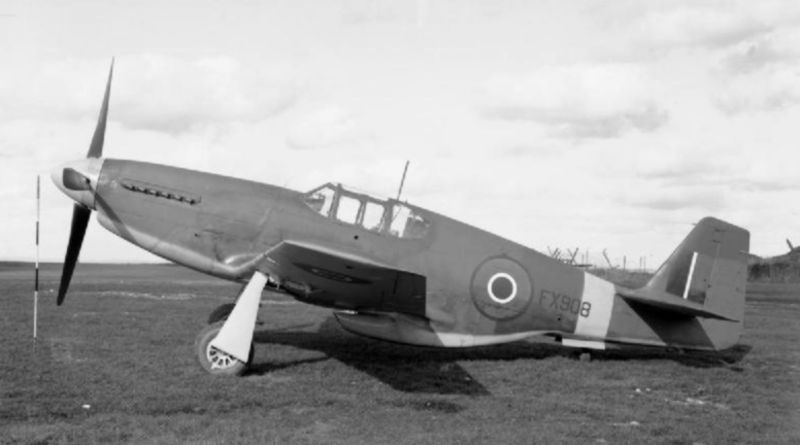
While still following the traditional design principles of the day, the NA-73X introduced some novel features. The first was the use of a laminar flow wing which significantly reduced drag. The second was the placement of the radiator behind the pilot which gave the Mustang its iconic underside air intake. The position of the radiator also allowed designers to take advantage of the Meredith Effect, in which heated air leaving the radiator produces a small amount of jet thrust. Early Mustangs had a canopy faired into the fuselage, but that arrangement created a dangerous blind spot for pilots. The P-51D, which became the definitive production model of the Mustang, introduced a graceful teardrop canopy and was armed with six .50 caliber machine guns. By war’s end, nearly 8,000 D models were produced at factories in California and Texas.
As promised, the Mustang was initially fitted with Allison engine but, even with that somewhat underpowered engine, the Mustang outperformed the Supermarine Spitfire. The British soon modified the P-51 to accept the remarkable 12-cylinder Rolls-Royce Merlin engine, which transformed the Mustang into a powerful, high-flying fighter that was equal to or better than German designs and, with a top speed of 437 mph, one of the fastest fighters of its day. The Americans followed suit by installing the Packard V-1650 Merlin which was built under license in the US.
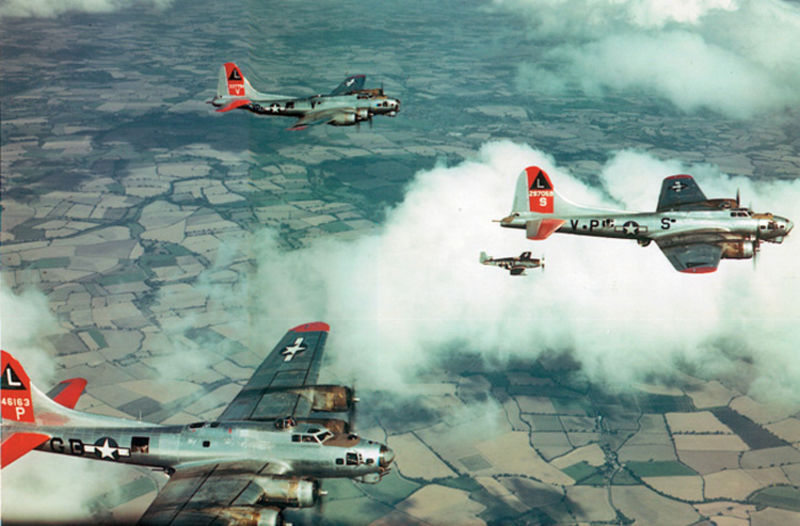
The Mustang’s exceptional range meant that the US finally had an escort fighter that could accompany daylight bombing raids deep into Germany, resurrecting a foundering bombing campaign that had suffered from lack of fighter protection. The P-51 helped the Allies gain complete control of the skies over Europe by the end of the war, and Mustang pilots claimed almost 5,000 enemy aircraft destroyed. Following the war, the Mustang, now called the F-51, was relegated to National Guard units, and were called upon to serve in the Korean war, where they mostly flew ground attack and interdiction missions. Mustangs were ultimately replaced by jet fighters in 1953, and the last F-51 was retired from US service in 1957, though Mustangs were flown by the Dominican Air Fore until 1984. With over 15,000 aircraft built of all variants, the Mustang ranks second only to the Republic P-47 Thunderbolt in sheer numbers of aircraft produced, and surplus Mustangs have become favorites among civilian air racing pilots and on the international air show circuit.
Short Takeoff
October 24, 2004 – A plane crash claims the life of members of the Hendrick Motorsports team and family. While en route from North Carolina to a race at Martinsville Speedway in Virginia, a Beechcraft King Air 200 (N501RH) carrying members of the Hendrick Motorsport team and other family members crashed in heavy fog after an aborted landing. Among the 10 victims was the president of Hendrick Motorsports John Hendrick, driver Ricky Hendrick, four other members of the Hendrick family and Randy Dorton, chief engine builder. The pilots were also killed. Though NASCAR officials learned of the crash before the race, they did not tell the drivers until after the race had finished. The race was won by Jimmie Johnson, who drove for the Hendrick team. For the remainder of the 2004 season, all Hendrick cars ran with a memorial to the victims, “Always In Our Hearts,” painted on the hood.

October 24, 2000 – The first flight of the Lockheed Martin X-35, the experimental prototype developed as part of the competition to produce the Joint Strike Fighter, a single basic airframe that would serve the US Air Force, US Navy and US Marine Corps. The competition for the lucrative contract pitted the X-35 against the Boeing X-32, and the X-35 was declared the winner on October 26, 2001. It entered production in 2006 as the F-35 Lighting II, a single-seat, all-weather, multi-role, fifth-generation fighter with stealth capability. The F-35 is being produced in three variants: the F-35A for the US Air Force, the STOVL F-35B for the US Marine Corps, and the carrier-based F-35C for the US Navy.
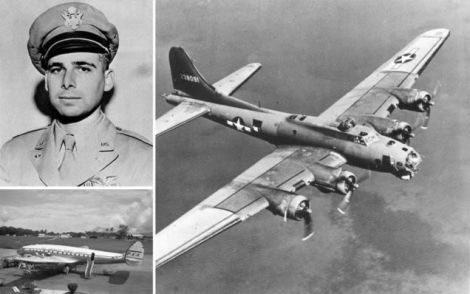
October 24, 1991 – The death of Gene Roddenberry. Though Roddenberry is best known as a television producer and screenwriter and the creator of the Star Trektelevision series, his early life was dominated by a career in aviation. Roddenberry was born on August 19, 1921 in El Paso, Texas, and earned his pilot’s license through the Civilian Pilot Training Program sponsored by the US Army Air Corps. He enlisted just 11 days after the Japanese attack on Pearl Harbor, eventually completing 89 combat missions piloting a Boeing B-17 Flying Fortress and earning the Air Medal and the Distinguished Flying Cross. Following the war, Roddenberry continued flying as an international airline pilot with Pan Am before retiring from aviation in 1948. Roddenberry died on October 24, 1991 at the age of 70.
October 24, 1947 – The first flight of the Grumman HU-16 Albatross, a twin-engine amphibious flying boat designed as an improvement over the earlier Grumman G-73 Mallard. The Albatross entered service in 1949 primarily in the search and rescue (SAR) and combat search and rescue (CSAR) roles with the US Air Force, where it was initially known as the SA-16. The type saw extensive service during the Korean War rescuing downed pilots. The Albatross was also operated by the US Navy and US Coast Guard, where it functioned as a coastal patrol and SAR aircraft. The Albatross was widely exported, and many surplus aircraft have since found their way to private operators. A total of 466 were produced from 1949-1961.
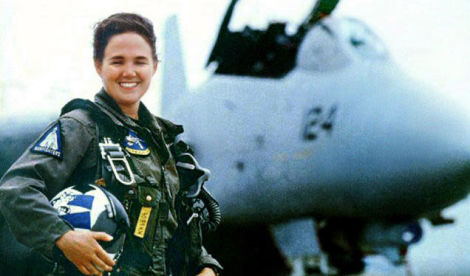
October 25, 1994 – The death of LT Kara Hultgreen, the first woman US Naval Aviator to be qualified as a carrier-based fighter pilot. While attempting a landing on the USS Abraham Lincoln (CVN-72), Hultgreen overshot the centerline and attempted to correct her approach with left rudder application, a maneuver that caused a compressor stall in the left engine. She applied full afterburner to execute a missed approach, but the asymmetrical power caused her Grumman F-14 Tomcat to roll inverted. The radar intercept officer initiated ejection and was shot clear of the aircraft, but Hultgreen, who ejected second in the sequence, was launched straight into the water, killing her instantly. The aircraft was recovered, as was Hultgreen’s body, still strapped to the ejection seat. (Video of the crash can be seen here.) The incident was controversial, as Hultgreen’s death came at a time when both the Navy and US Air Force were working to integrate female fighter pilots into service, and some accused the Navy of promoting female pilots regardless of their of their piloting skills.
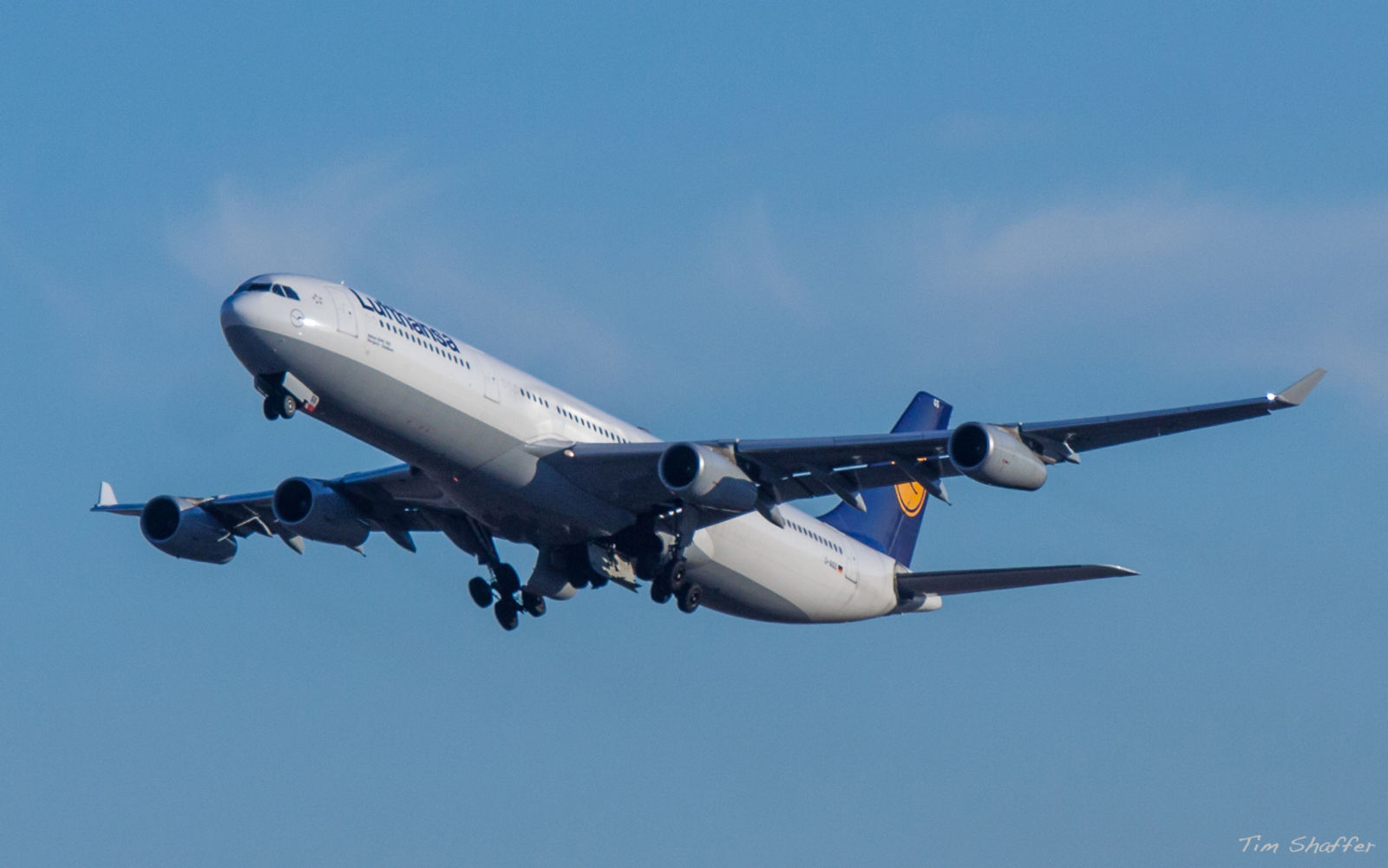
October 25, 1991 – The first flight of the Airbus A340, a long-range, wide-body airliner that can seat up to 440 passengers depending on variant and seating arrangement. Aimed at the long haul market that had been dominated by American aircraft manufacturers, the A340 was the largest airliner to grow from the original A300 design, and featured four engines and a twin aisle. Depending on the variant, the A340 is capable of flying routes up to 9,000 nautical miles. At a time when fuel prices were high and newer twin-jet airliners could provide greater fuel efficiency, production of the A340 ceased in 2011 after 377 had been built.
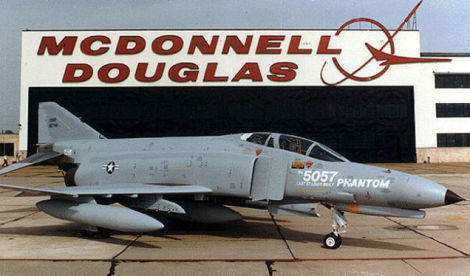
October 25, 1979 – The 5,057th and final F-4 Phantom II rolls off the McDonnell Douglas production line. One of the iconic aircraft of the Cold War Era, the Phantom II entered service in 1960 with the US Navy and eventually became one of the few fighters to serve concurrently in the Navy, US Marine Corps and US Air Force. Production of the two-seat, all-weather, multirole fighter began in 1958 and, by the time production ended in 1981, a total of 5,195 were built to serve the US military and 11 export nations (a number that includes 138 Phantoms built by Mitsubishi in Japan), making it the third most-produced jet fighter in the US after the North American F-86 Sabre/FJ-2/3 Fury and the Republic F-84 Thunderjet. The F-4G Wild Weasel electronic warfare variant served as late as 1991 in the Gulf War and, following the Phantom’s retirement from US service in 1996, remaining F-4s were converted to QF-4 target drones. The final QF-4 was shot down in a training mission in 2016.
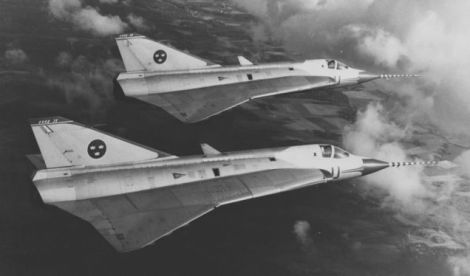
October 25, 1955 – The first flight of the Saab 35 Draken, a fighter developed to replace the Saab J29 Tunnan and the first supersonic fighter to be deployed in Western Europe. The Draken (Kite, or Dragon) was introduced in 1969 and was notable for its use of a double-delta (or compound delta) wing configuration that aided in performance at both low and high speeds. Following Swedish defense doctrine, the Draken was designed for operation from public roadways and with the ability to be serviced by minimally trained crews in a short time. The Draken proved to be a successful Cold War fighter, and was exported to Austria, Denmark, Finland, with 652 aircraft produced from 1955 to 1974.
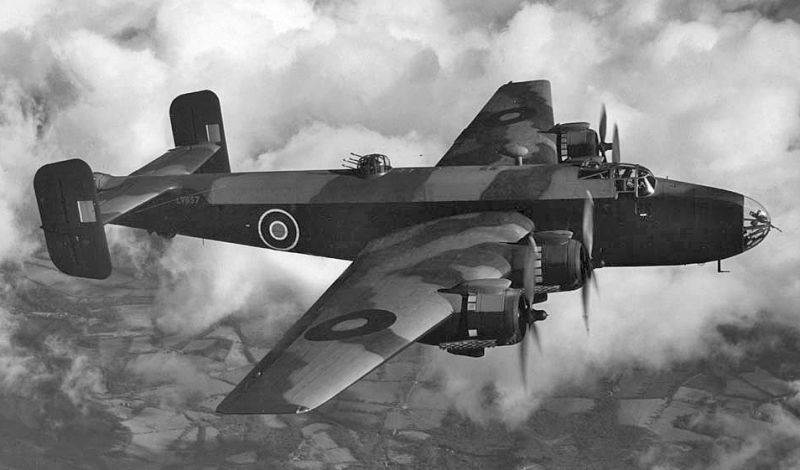
October 25, 1939 – The first flight of the Handley Page Halifax, a heavy four-engine bomber that was designed to fulfill the same RAF requirement for a heavy strategic bomber as the Short Stirling and Avro Lancaster. With a crew of seven, the Halifax was powered by four Bristol Hercules radial engines which gave it a maximum speed of 282 mph and a range of 1,860 miles. Though incapable of carrying the large blockbuster bombs in the RAF inventory, the Halifax still played a major role in Bomber Command’s strategic bombing program and, by war’s end, Halifax crews had flown nearly 83,000 sorties and dropped more than 224,000 pounds of bombs. Of the 6,176 Halifaxes built, 1,833 were lost in combat. Though quickly retired from RAF service after the war, the Halifax remained in service with Egypt, France, and Pakistan, and a cargo and transport version was developed as the Handley Page Halton. The type was finally retired by 1961.
October 26, 1973 – The first flight of the Dassault-Breguet/Dornier Alpha Jet, a trainer and light attack aircraft designed through a partnership between France and Germany to replace the Fouga Magister and Lockheed T-33 Shooting Star. The aircraft originally designed to fill this role, the SEPECAT Jaguar, turned into a full-fledged, nuclear-capable attack fighter-bomber, so designers revisited the trainer requirement and developed the twin-engine, subsonic Alpha Jet in its place. A total of 480 aircraft were produced from 1973-1991, and the Alpha Jet continues to serve 12 nations, though it has been retired by Germany. The Alpha Jet is also flown by the Patrouille de France demonstration team.
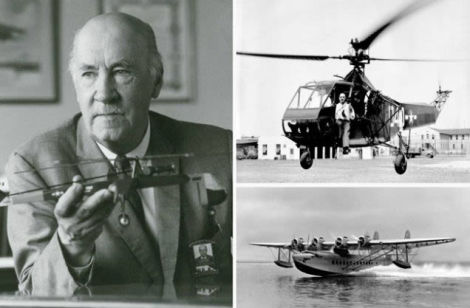
October 26, 1972 – The death of Igor Sikorsky. Sikorsky was born on May 25, 1889 in present-day Ukraine and, though his name is now synonymous with helicopters, he began his career as a designer of fixed-wing aircraft. Among his first aircraft were the Russky Vityaz, the world’s first multi-engine fixed-wing aircraft, and the Ilya Muromets, the world’s first practical airliner. After emigrating to the US in 1919, Sikorsky created the Sikorsky Manufacturing Company in 1925 and produced the S-42 flying boat for Pan American Airways. But it was in rotary-winged aircraft that Sikorsky made his greatest mark on aviation history, first with the VS-300, the world’s first successful helicopter to use a single vertical tail rotor, and then the R-4, the world’s first production helicopter.
October 26, 1958 – The first commercial flight of the Boeing 707. Boeing developed their first swept-wing airliner with engines housed in pods under the wings, thereby setting the design standard for generations of airliners to follow and creating the first commercially successful airliner. Developed from the Boeing 367-80, better known as the Dash 80, the 707 made its first transatlantic flight for Pan American World Airways (Pan Am) on October 17, 1958 carrying VIPs, and its first flight with paying passengers nine days later. When Saha Airlines of Iran flew the final scheduled 707 passenger flight in April 2013, it marked the end of more than 30 million hours of 707 service worldwide, and the 865 707s Boeing built had transported nearly 522 million passengers.
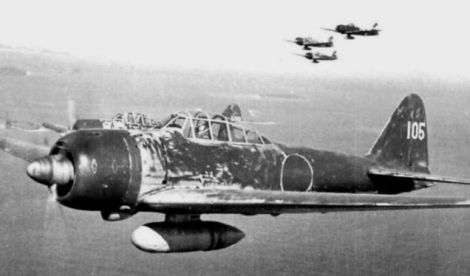
October 26, 1944 – The death of Hiroyoshi Nishizawa, recognized as Japan’s leading fighter ace of WWII. Nishizawa began the war flying the obsolescent Mitsubishi A5M against the US and her allies. Though he claimed his first victory in the A5M, Nishizawa soon transitioned to the Mitsubishi A6M Zero, which far outclassed Allied fighters early in the war. Later, he teamed with ace Saburō Sakai and, at the time of his death, Nishizawa had amassed 87 victories by his own count in the skies over New Guinea, Guadalcanal and the Philippines, and perhaps as many as 120, though an accurate tally is impossible to determine. Nishizawa was killed over Mindoro Island when his transport plane was attacked and shot down by US Navy Grumman F6F Hellcat fighters. Nishizawa was 24 years old.
October 26, 1931 – The first flight of the de Havilland Tiger Moth, a primary trainer designed by Geoffrey de Havilland that he hoped would prove superior to his earlier de Havilland Hummingbird and de Havilland DH.51. The Tiger Moth was developed from DH.60 Tiger Moth and entered service with the Royal Air Force in 1932. It proved to be a wild success for de Havilland, and nearly 9,000 were built from 1931-1944. The Tiger Moth provided primary flight training throughout WWII, and also served in reconnaissance and maritime surveillance roles. After its retirement from military service, many surplus aircraft entered the civilian market where they remain flying today, and some Tiger Moths still provide initial flight training for pilots looking to gain experience on tail-dragger aircraft.
Connecting Flights
If you enjoy these Aviation History posts, please let me know in the comments. And if you missed any of the past articles, you can find them all at Planelopnik History. You can also find more stories about aviation, aviators and airplane oddities at Wingspan.
